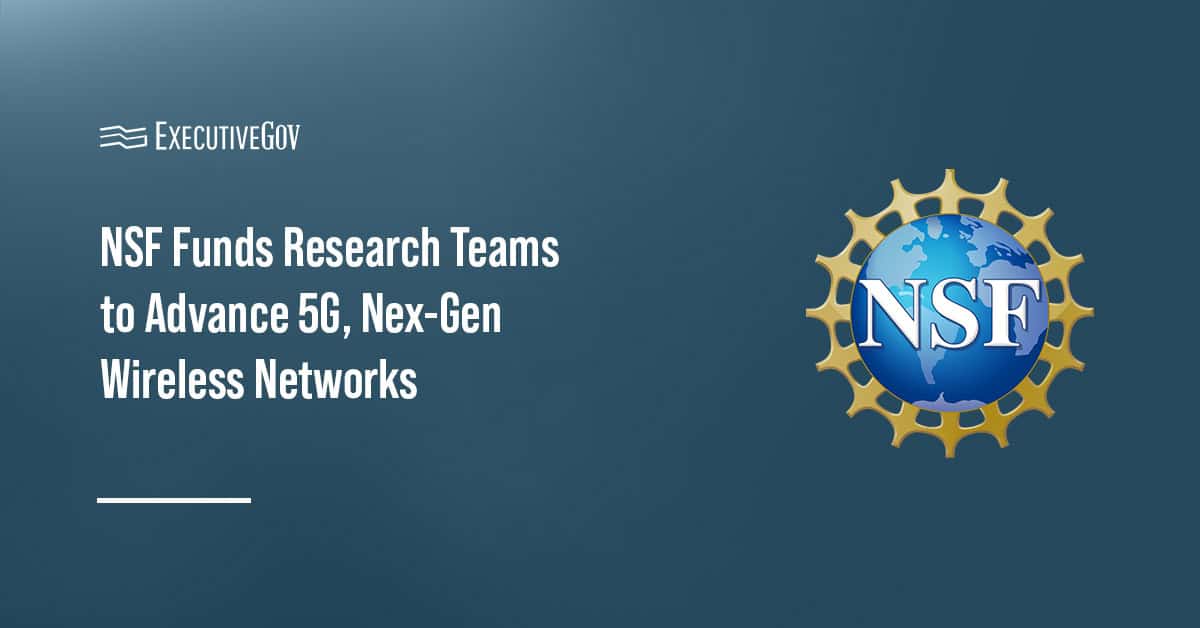The U.S. National Science Foundation’s Directorate for Technology, Innovation and Partnerships has awarded more than $17 million to three research teams in grant funding over two years to improve 5G and next-generation wireless networks as part of its Breaking the Low Latency Barrier for Verticals in Next-G Wireless Networks program. The teams for the program, which is also known as NSF Breaking Low, will be composed of universities and technology companies, NSF said Monday.
Table of Contents
NSF Breaking Low Program Details
The Breaking Low program was designed to address bottlenecks in public cellular and wireless networks, advance ultra-low-latency wireless technology and enable new applications that could transform how people live and communicate. The program is part of NSF TIP’s investments to speed up practical research, train a skilled workforce and keep the U.S. competitive in key technology areas.
Under the program, the research teams will determine and address major architectural and technological challenges that hinder the development of current 5G and future Next-G wireless networks. Breaking Low offers an “Ideas Lab” concept where experts and stakeholders from various fields work together to find opportunities to develop and test solutions. The program also emphasizes breaking down barriers between academia and industry by bringing researchers, students and tech leaders together.
NSF’s Erwin Gianchandani Shares Thoughts
Commenting on the grant, Erwin Gianchandani, assistant director for NSF TIP, said the agency was committed to making America the world leader in key technologies, including low-latency wireless communications technologies.
“The NSF Breaking Low program was designed specifically to advance U.S.-developed wireless telecom technologies and also position the U.S. to take the lead in many emerging application ‘verticals’ such as telemedicine, remote health care and intelligent transportation,” he said.





